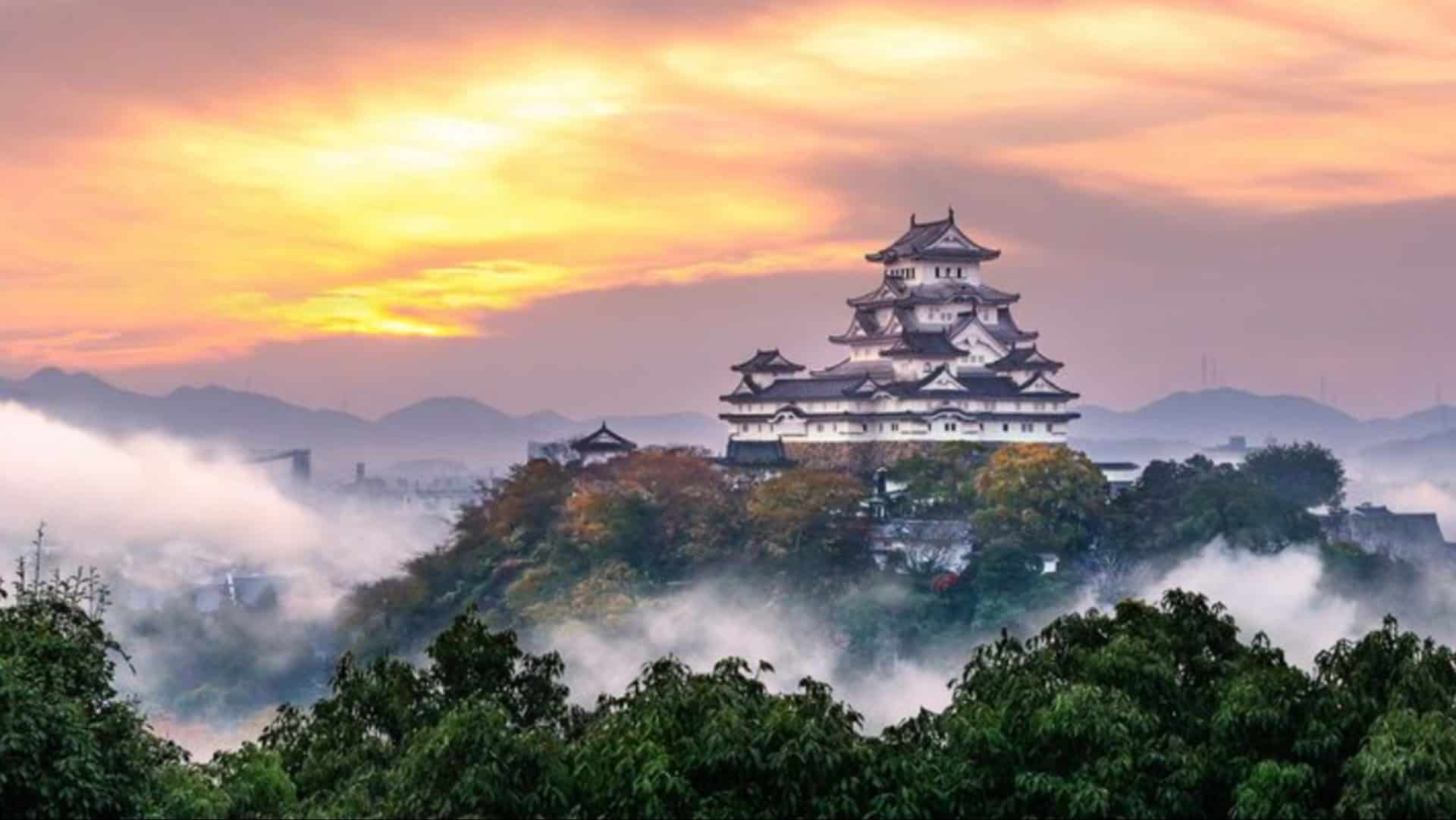Japan is home to some of the most innovative and traditionally rich architectural wonders in the world.
From ancient temples to futuristic skyscrapers, these structures not only represent the aesthetic values and technological advancements of different eras but also attract millions of tourists each year.
This post explores seven iconic Japanese structures that every architecture enthusiast should visit!
1. Kinkaku-ji (Golden Pavilion)
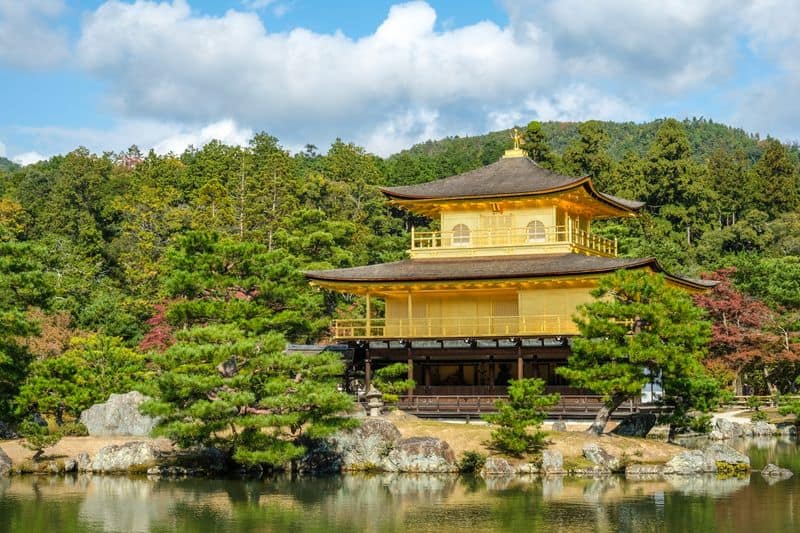
Nestled in Kyoto, Kinkaku-ji, or the Golden Pavilion, is a stunning example of traditional Japanese architecture.
The temple’s top two floors are entirely covered in gold leaf, reflecting beautifully in the pond that surrounds it.
Visiting this iconic Zen Buddhist temple offers a glimpse into Japan’s rich cultural heritage and spiritual history.
The peaceful gardens surrounding the pavilion provide a tranquil escape from the bustling city.
Whether you’re an architecture aficionado or simply seeking serenity, Kinkaku-ji is a must-visit.
2. Tokyo Skytree
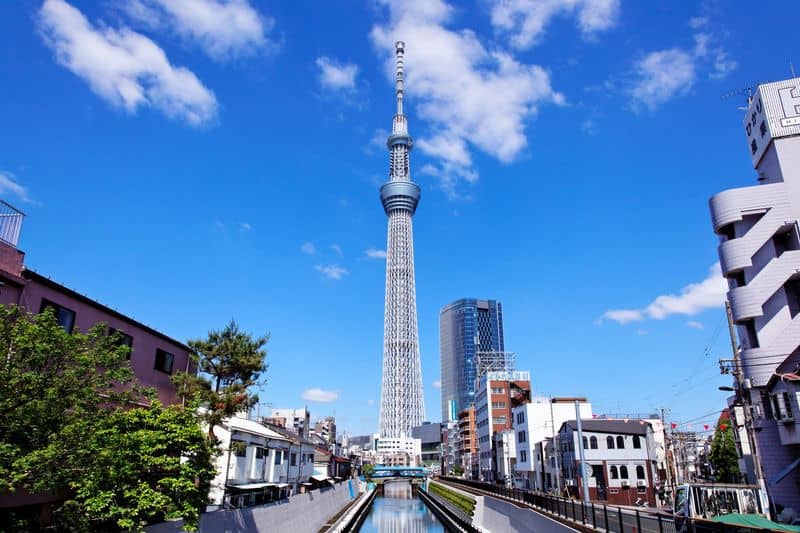
Standing tall in Tokyo, the Tokyo Skytree is the world’s tallest tower and a marvel of modern engineering.
This broadcasting tower combines cutting-edge technology with traditional Japanese aesthetics, making it a symbol of Tokyo’s innovation.
Visitors can enjoy panoramic views of the city from its observation decks.
The Skytree is not just an architectural feat but also a hub of entertainment and shopping, offering a complete urban experience. It’s an unmissable stop for any Tokyo itinerary.
3. Itsukushima Shrine
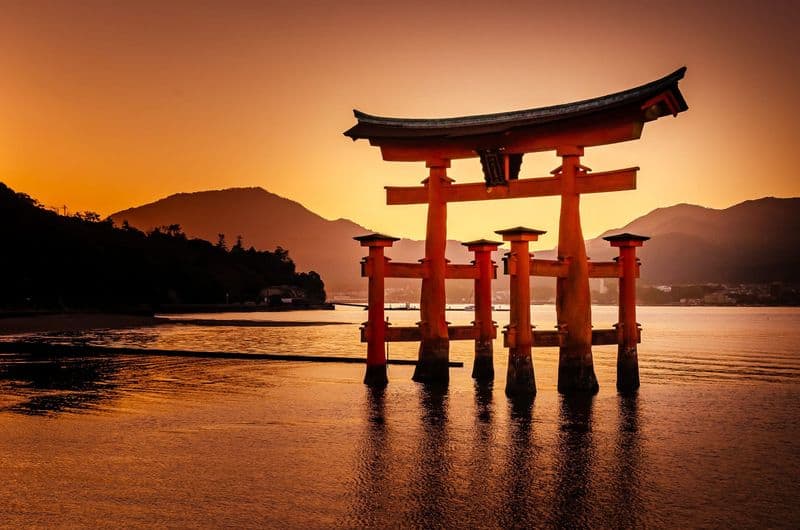
Famed for its ‘floating’ torii gate, the Itsukushima Shrine on Miyajima Island is a UNESCO World Heritage site.
The shrine’s unique architecture, built over water, creates the illusion of floating during high tide.
This Shinto shrine is a scenic wonder, seamlessly blending with the natural beauty of the Seto Inland Sea.
Visitors can explore the shrine’s intricate design and spiritual significance, making it both a cultural and architectural treasure.
4. Osaka Castle
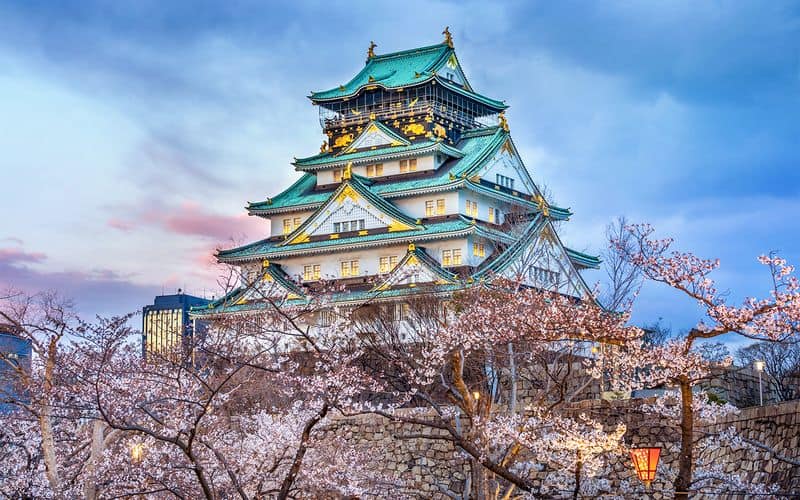
Osaka Castle is a magnificent symbol of Japan’s feudal past, with its grandiose architecture and rich history.
The castle’s robust stone walls and elegant towers offer a glimpse into the design prowess of ancient Japan.
Surrounded by a beautiful park, Osaka Castle is a popular spot for viewing cherry blossoms in spring.
Exploring its exhibits provides insight into Japan’s tumultuous history, making it a fascinating visit for history buffs and architecture lovers alike.
5. Tōdai-ji Temple
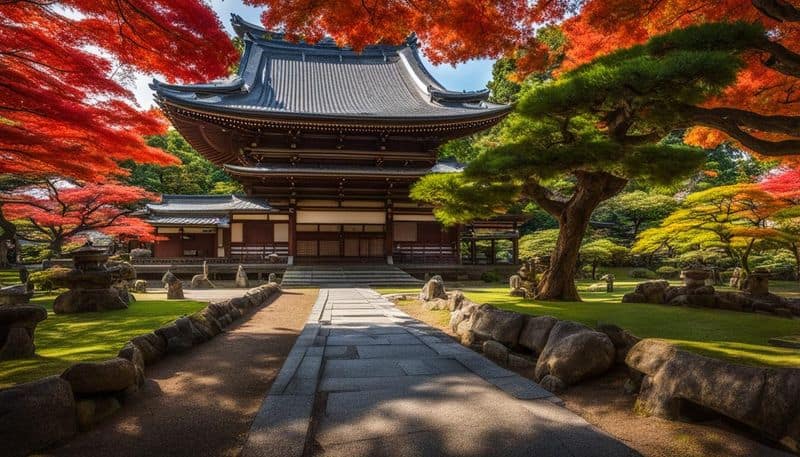
Tōdai-ji Temple in Nara houses one of the largest bronze Buddha statues in the world. This magnificent temple is a masterpiece of Buddhist architecture, constructed entirely of wood.
The temple’s grandeur is matched by its natural surroundings, where deer roam freely, adding to the serene atmosphere.
Whether you’re drawn by its spiritual significance or architectural splendour, Tōdai-ji offers a captivating experience.
6. Himeji Castle
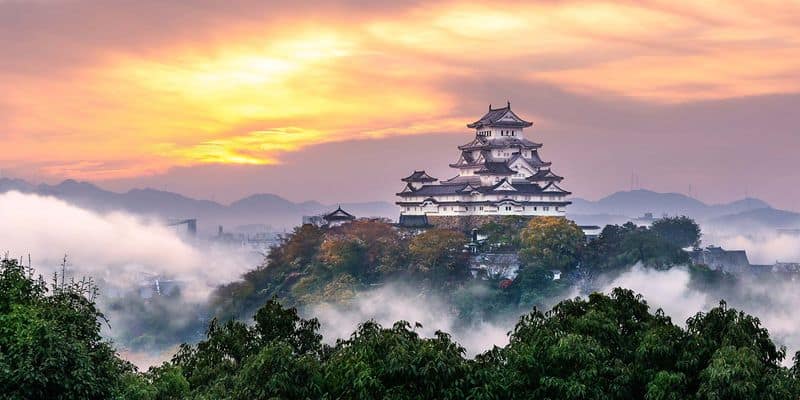
Himeji Castle, often called the White Heron Castle, is Japan’s most well-preserved feudal castle.
Its strategic design and elegant white facade exemplify the pinnacle of Japanese castle architecture.
A UNESCO World Heritage site, the castle complex offers a fascinating insight into Japan’s medieval fortifications.
Wandering through its labyrinthine corridors is like stepping back in time. Himeji Castle is an essential visit for anyone intrigued by history and architecture.
7. Kenroku-en Garden
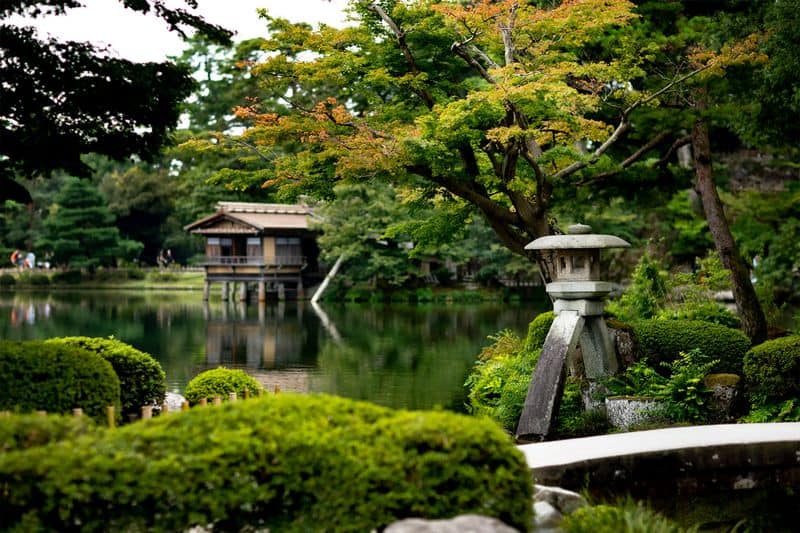
Kenroku-en Garden in Kanazawa is one of Japan’s Three Great Gardens, showcasing exquisite landscape design.
Known for its seasonal beauty, the garden is especially captivating in winter, when snow blankets its trees and ponds.
The garden artfully blends six attributes deemed essential for a perfect landscape: spaciousness, seclusion, artifice, antiquity, waterways, and panoramas.
Its meticulously arranged scenes invite visitors to pause and appreciate the harmony between nature and design.

